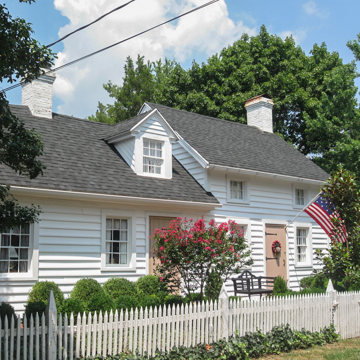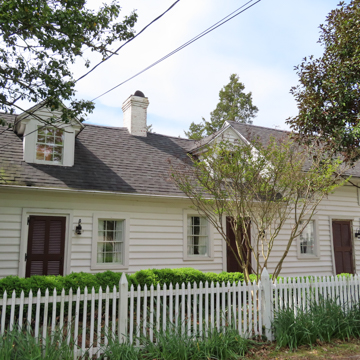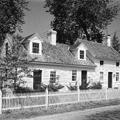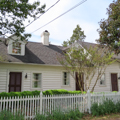Shipbuilding once flourished on this tributary of the Nanticoke, a river that flows westward toward the Chesapeake Bay and markets in Baltimore. Bethel began as Lewisville in 1840 when a farmer laid out twelve lots adjacent to his wharf on Broad Creek; the current name came in 1880. Shipbuilders prospered here from the late nineteenth century through 1918. This side-by-side pair of weatherboarded houses facing south was built by two ship captains. One dwelling has Greek Revival corner pilasters, a treatment more common in Sussex County than elsewhere in Delaware. Simple pine paneling distinguishes the interiors. The modern bridge to Bethel (1967) replaced the original of 1887. An engaging ensemble of small frame houses, the entire town has been placed on the National Register.
You are here
Ship-Carpenters' Houses
If SAH Archipedia has been useful to you, please consider supporting it.
SAH Archipedia tells the story of the United States through its buildings, landscapes, and cities. This freely available resource empowers the public with authoritative knowledge that deepens their understanding and appreciation of the built environment. But the Society of Architectural Historians, which created SAH Archipedia with University of Virginia Press, needs your support to maintain the high-caliber research, writing, photography, cartography, editing, design, and programming that make SAH Archipedia a trusted online resource available to all who value the history of place, heritage tourism, and learning.




















